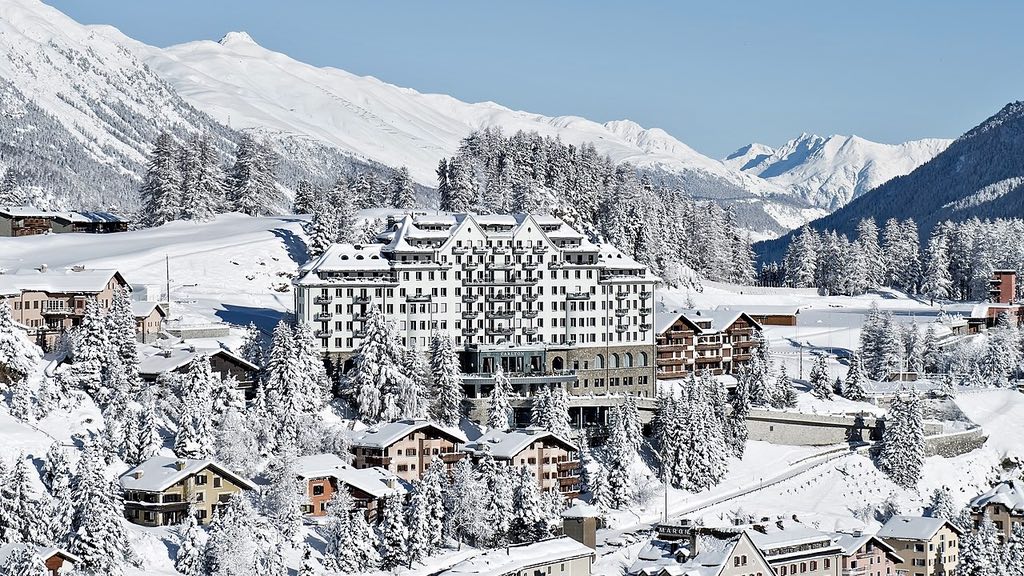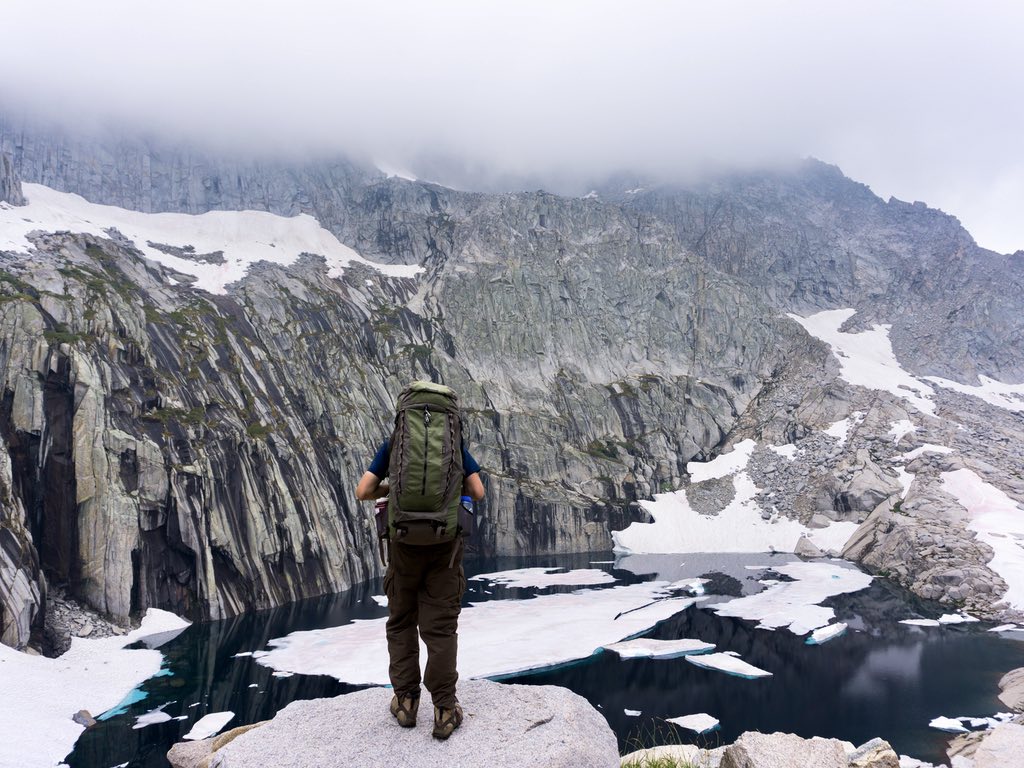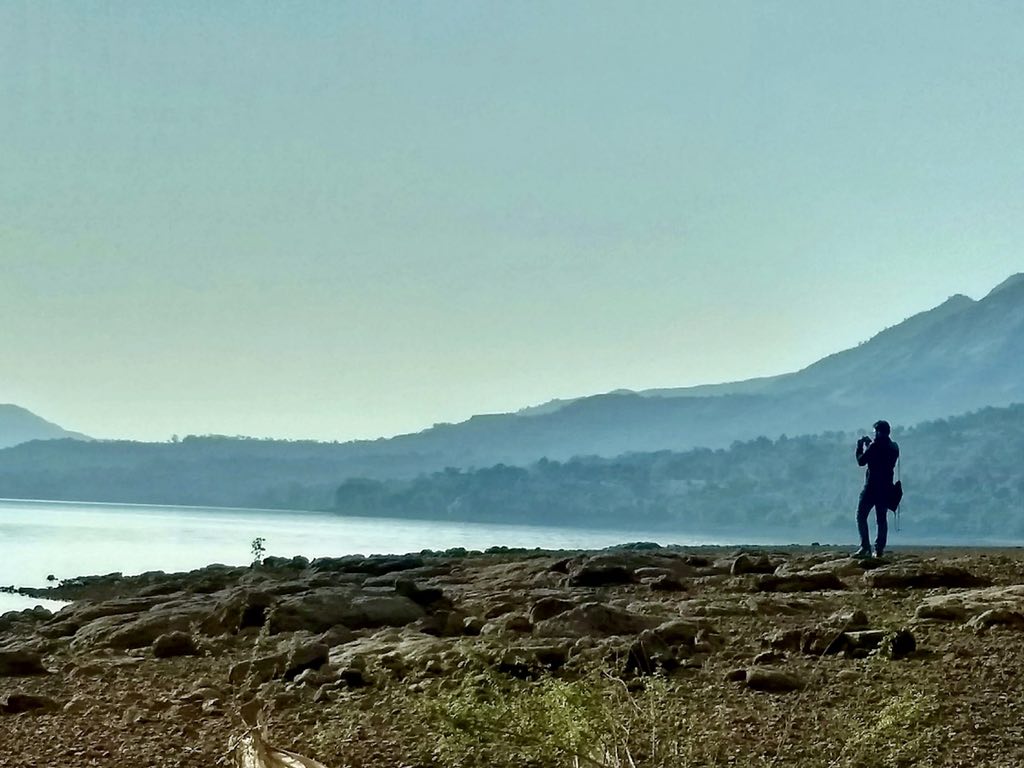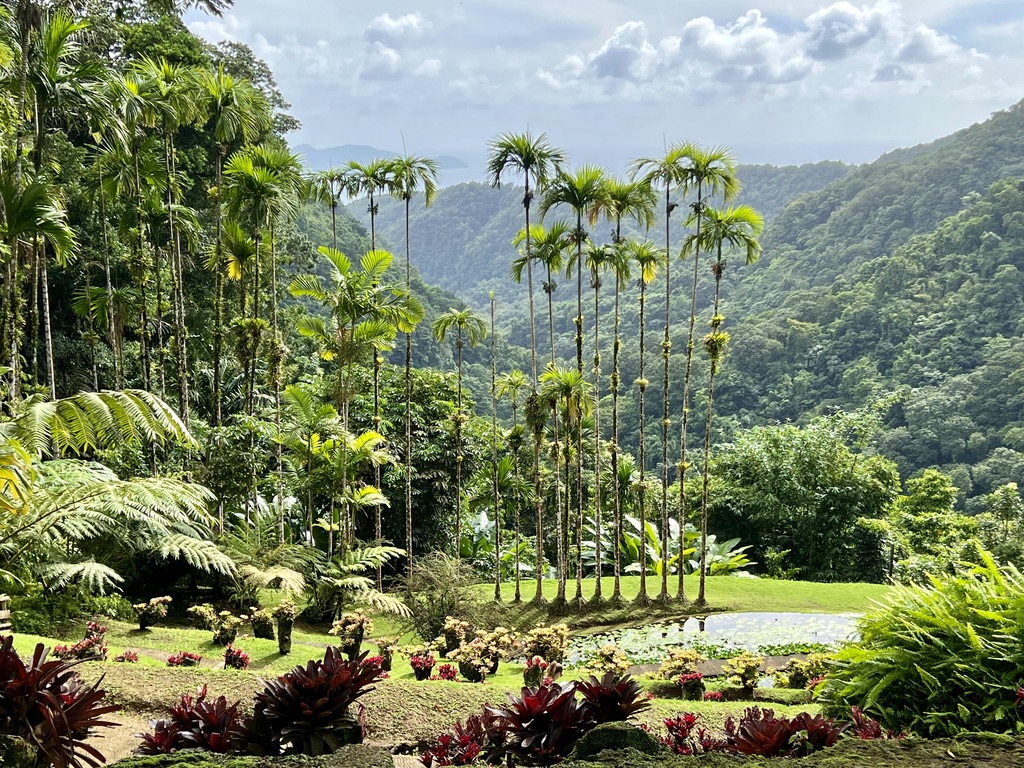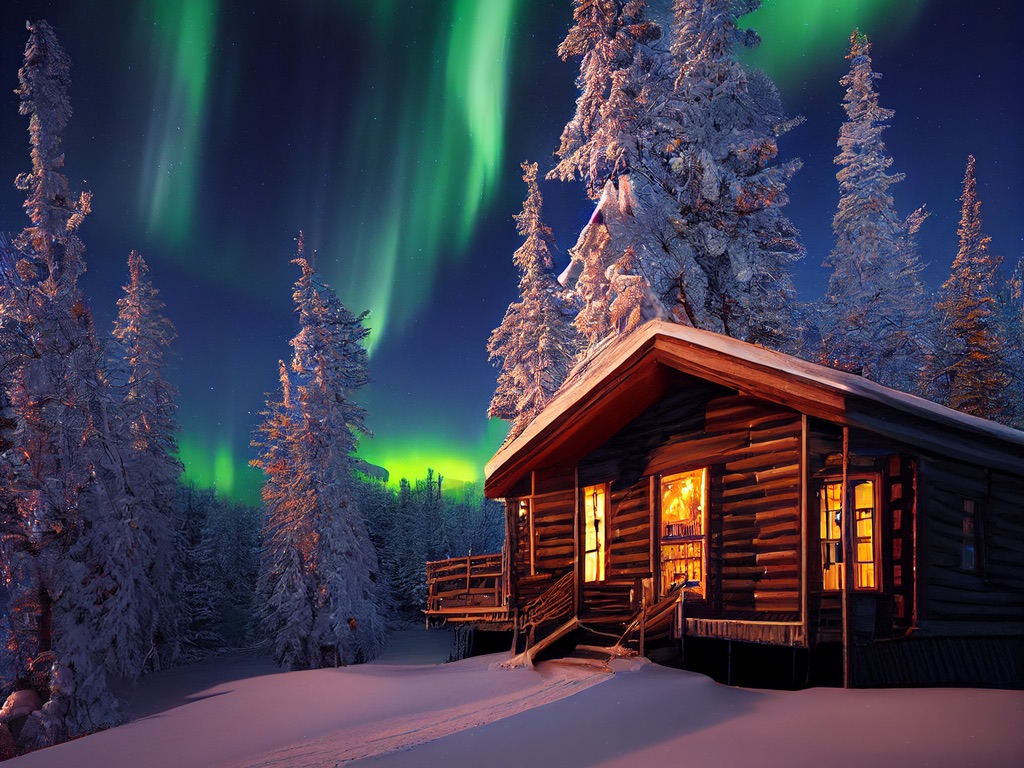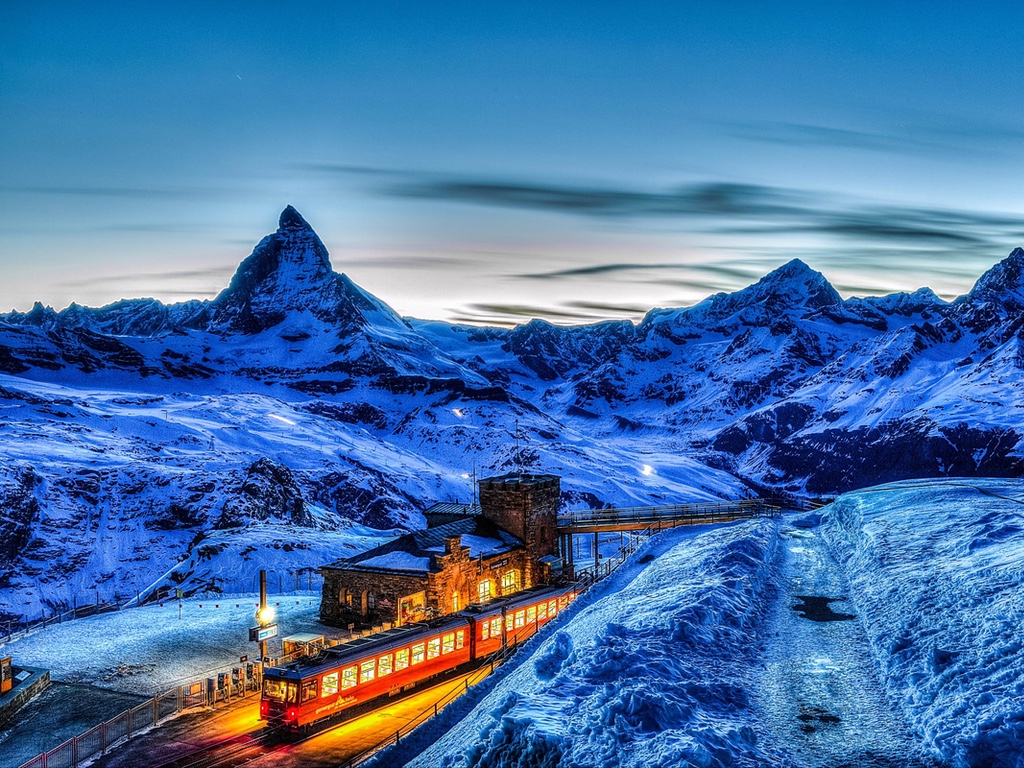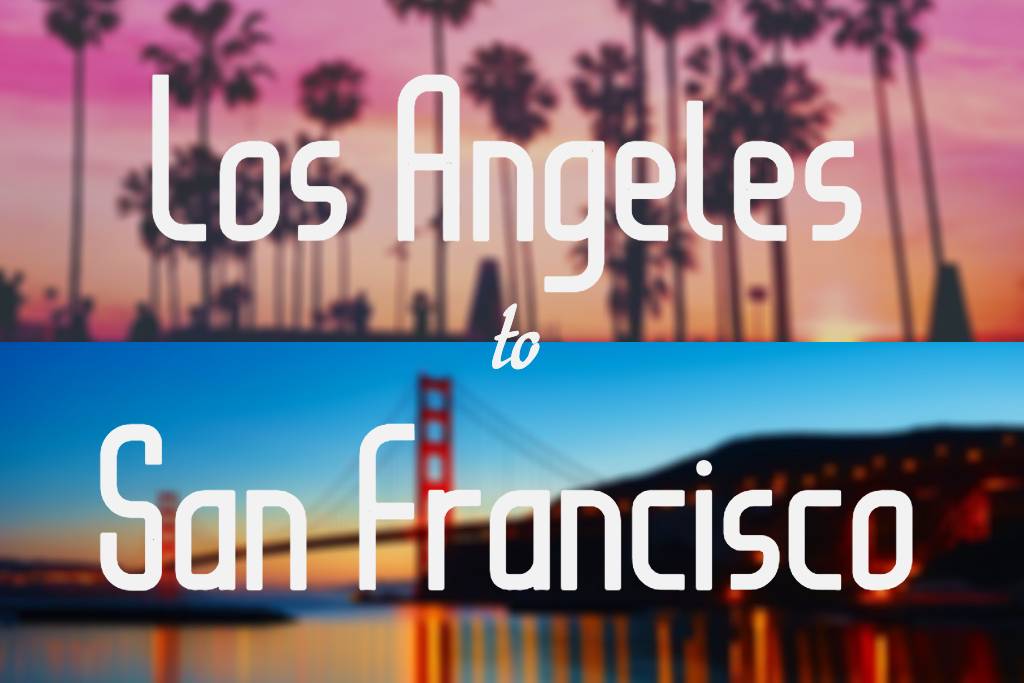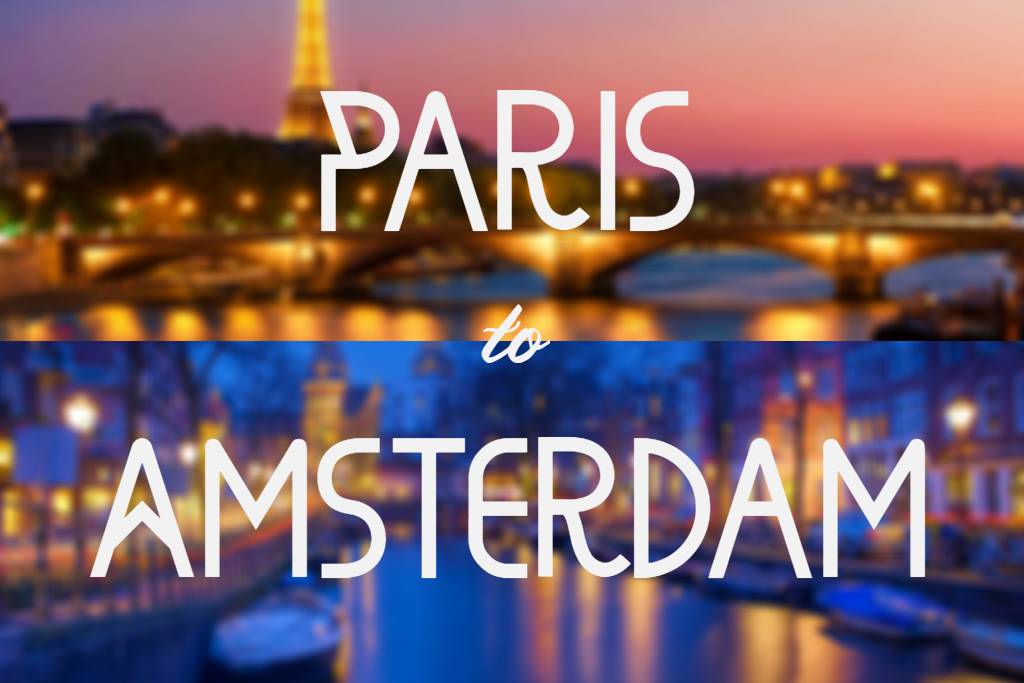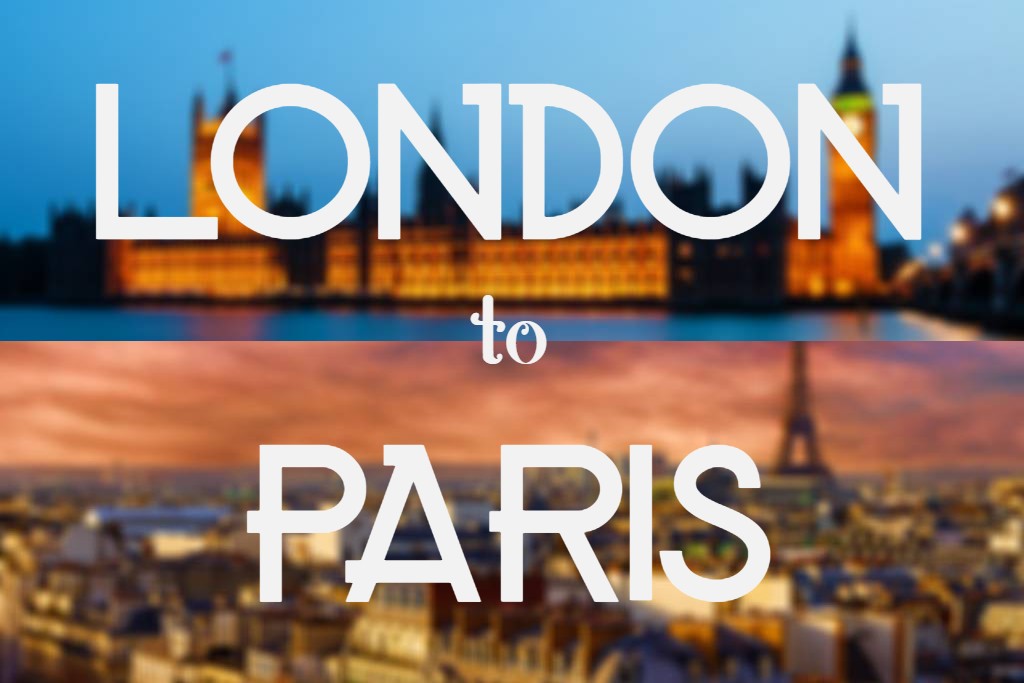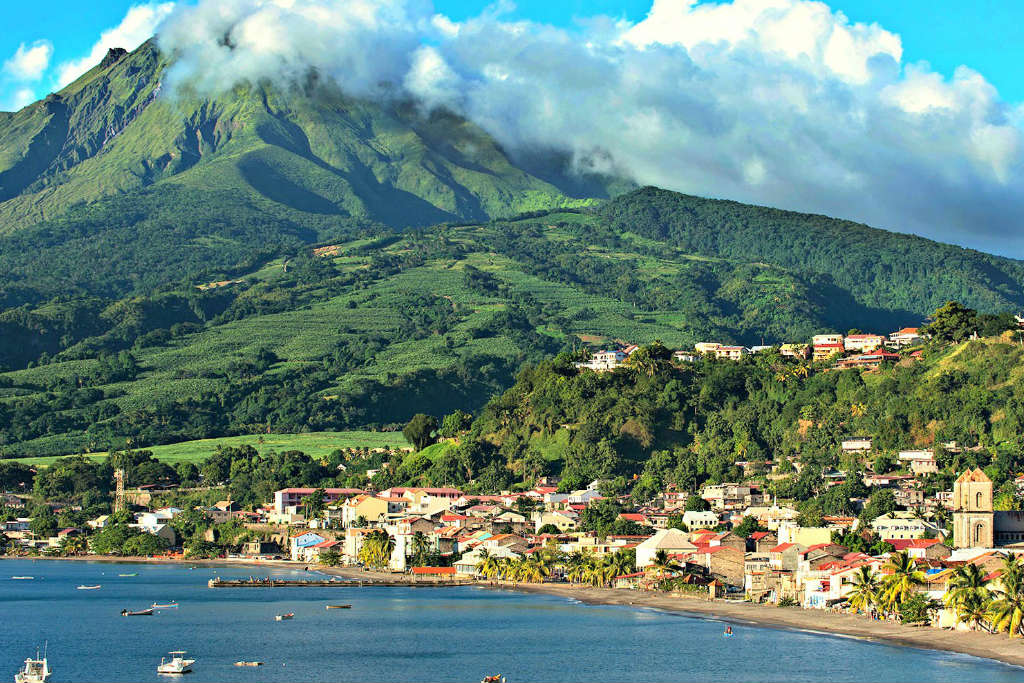This post is part of my new series, Voyageography, where I look at interesting geography facts and investigate them further. Today I became curious; if I wanted to travel today to the most distant land possible, where would that be and how do I get there? I live in Chicago, Illinois, a mid-western state in the USA, and I wanted to know, what is the furthest physical land piece from me?
Well, I did a bit of googling and it didn’t take me that long to find a website to help me. Remember that I’m trying to find this is the furthest possible land from Chicago. There is a point in the Indian Ocean that is technically the exact furthest point from Chicago but it’s not land. I’d have to take a boat, and it’s probably wouldn’t be that interesting once I got there.
By the way, I used Antipodr to find the absolute opposite point from Chicago. It’s simple to use and displays 2 Google maps side by side.

As you can see the furthest point from Chicago lies southwest of Australia and in between a French overseas territory which is that little piece of land sticking out from the left. That piece of land is ultimately the furthest piece of land from Chicago.
So what’s there? These islands are named the Kerguelen Islands or Îles Kerguélen in French. The land is a French overseas territory and is officially part of the French Southern and Antarctic Lands. Lands that actually cover vast French territory in the Indian Ocean, the Southern Ocean and some parts of Antarctica.
[wpgmza id=”21″]
[wpgmza id=”22″]
The Kerguelen Islands are some 18,109 km from Chicago or 11,252 miles, and the islands are about equidistant between Africa, Antarctica, and Australia. I thought the islands were located in the Indian Ocean but in fact, they are in the Southern Ocean at about 49°20’35.4″S 69°12’04.2″E.
These are desolate islands and experience harsh conditions. There are no airports, so all travel to the outside world is through ships and France does keep up a small population of scientist and researchers throughout the year.

Geography of Kerguelen Islands
The islands are rocky, very remote, and mostly consists of just one big island called La Grande Terre. The islands were only recently claimed in relative terms, around February 1772, but were probably discovered on an earlier map by Philippe Buache’s appearing as Ile de Nachtegal in 1754. However the islands on that map are listed at 43°S, 72°E, about 6 degrees north and 2 degrees east of the accepted location of Grande Terre.
I found the 1754 map by Philippe Buache and you can see for yourself that in fact the islands are labeled Ile de Nachtegal and are slightly off the right degrees. To get the full size image click here.
(Carte des Terres Australes comprises entre le Tropique du Capricorne et le Pôle Antarctique où se voyent les nouvelles découvertes faites en 1739 au Sud du Cap de Bonne Esperance)
These islands are actually part of the submerged Kerguelen Plateau and the visible land is the only remnants above the water. And at 49 degrees south, the islands can grow vegetation even with the severe winds and pretty chilly weather (although surprisingly pretty chilly temperate weather given its location).
Like I said the Kerguelen Islands mostly consist of one big island called La Grande Terre and then several little islands that are usually never visited or impossible to get to. However, there is a small city named Porte-aux-Français on the big island and this is mainly where every ship docks at.


La Grande Terre is relatively big, measuring 93 miles across and 75 miles north to south. On the southern coast, Mont Ross is the highest point at 6,070 feet. And just northwest of Mont Ross there is an impressive ice cap named Cook Ice Cap which is France’s largest. The island also has many bays, inlets, fjords, and coves, as well as several peninsulas and promontories as you can tell from the satellite view below.
[wpgmza id=”23″]
I took some snapshots from Google Earth to illustrate the scale of Mont Ross and of Cook Ice Cap. Remember these islands are roughly bigger than Delaware and the ice cap covers a big part of La Grande Terre. You can see that most of the island is hilly, mountainous and desolate.


Possible to travel there?
Remarkably, it is possible to travel to the Kerguelen Islands but you need diligent planning, at least a month available to travel and of course money. One ship travels to the island on a regular basis, the Marion Dufresne, to drop off and pick up supplies and people. Information is found through that link however turn your Google translate on as the site is all in French.


Cruises do visit however they may go years without making a stop on the islands. If you’re interested I would do a quick google search of upcoming dates. Heritage Expeditions and Quark Expeditions have visited in the past.
Noble history and facts of Kerguelen Islands
1754 – First appeared as the “Ile de Nachtegal” by Philippe Buache
1772 – Officially claimed for France by Yves Joseph de Kerguelen de Trémarec
1776 – James Cook visits the island and confirms that France held claims
1825 – British sealer shipwrecked on the island for 2 years
1840 – The islands completely surveyed
1874, 1875 – British, German and U.S. expeditions visited Kerguelen to see the transit of Venus
1893 – Officially annexed into France
1940 – German auxiliary cruiser Atlantis had a short stay at Kerguelen
1950 – Officially occupied every year by scientists and researchers
images by: wikipedia commons, google earth



